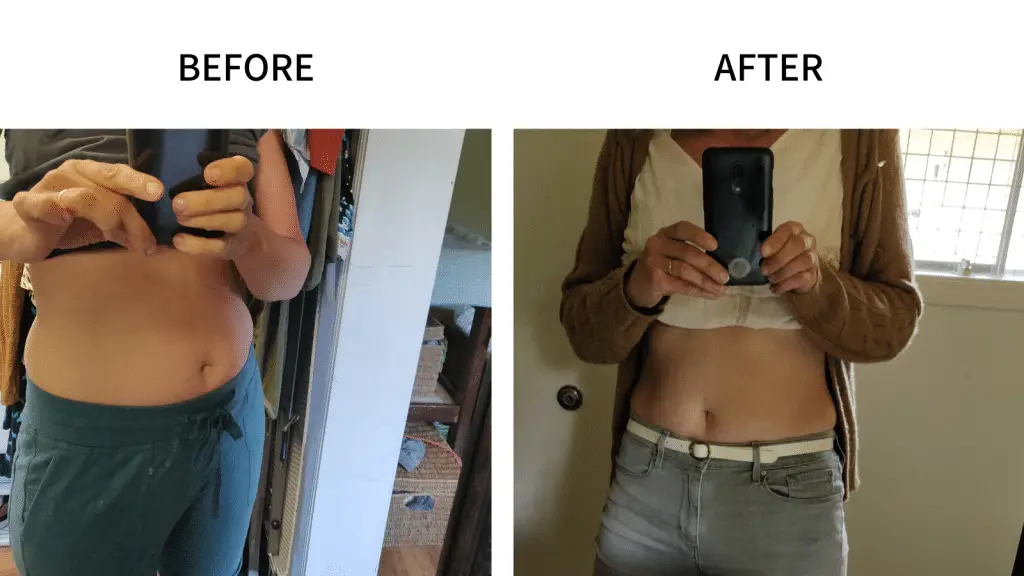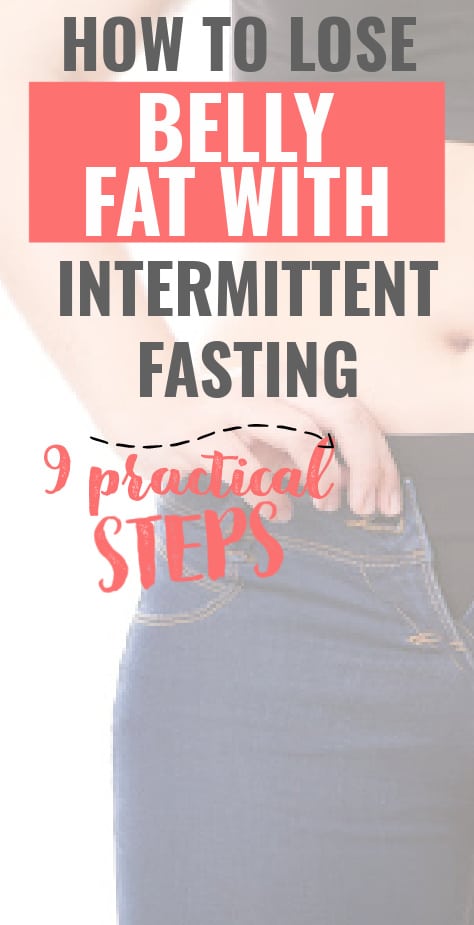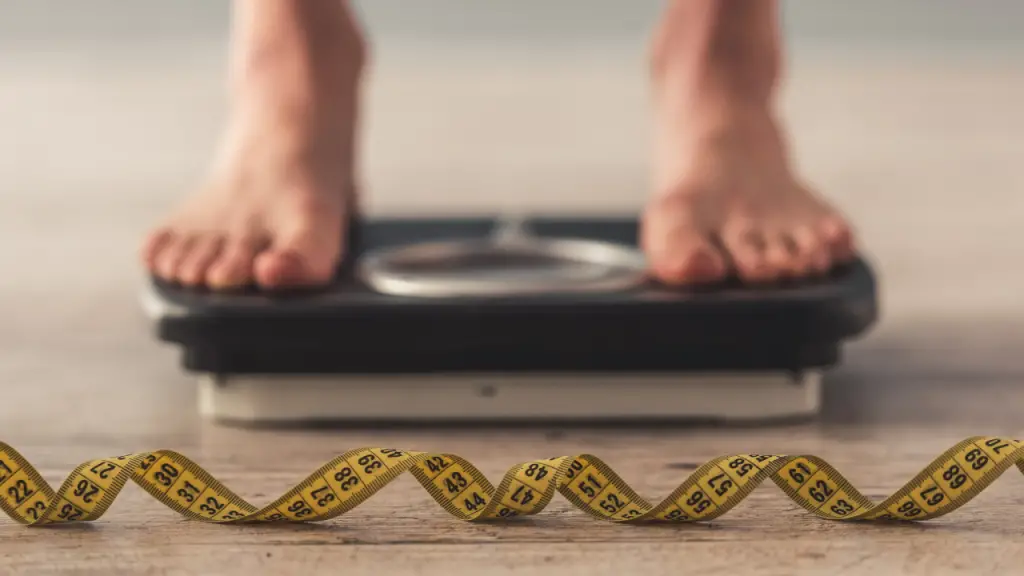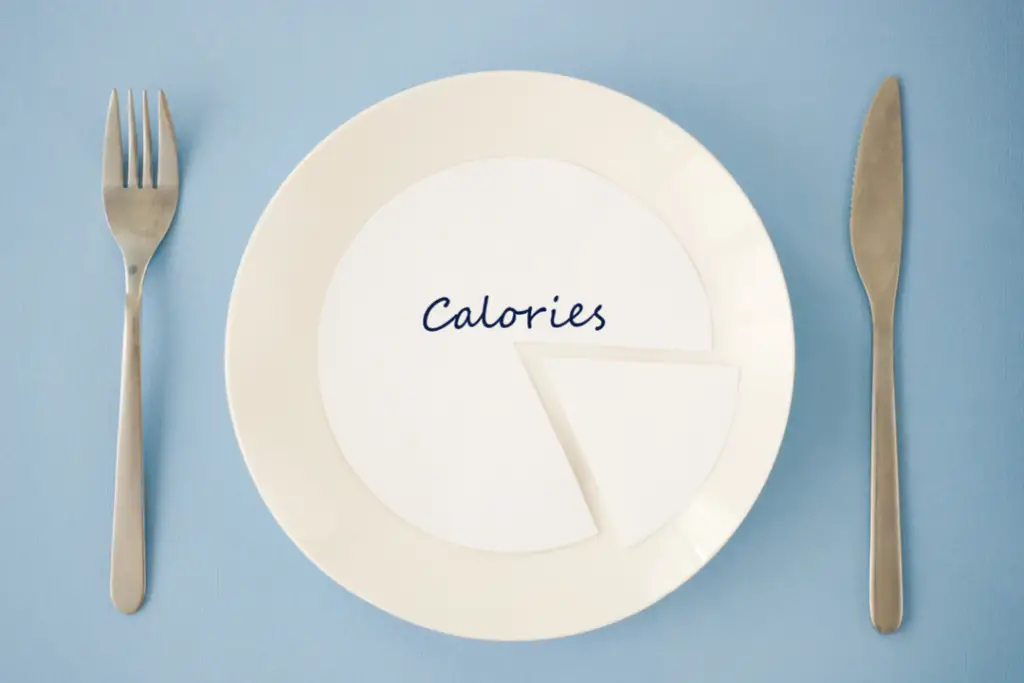Belly fat, visceral fat, intraabdominal fat, and subcutaneous fat are terms often used interchangeably. However, we should clarify some important differences before we jump into how you can use intermittent fasting and fasting mimicking to lose belly fat because it will help you understand the mechanism behind fasting and losing belly fat.
What is Belly Fat?
Let’s look at the terminology behind belly fat to make sure you understand what I am talking about.
Visceral Fat or Intra Abdominal Fat
Many sources (including Healthline and Dr. Sten Ekberg) seem to equate belly fat as visceral fat at times. However, it’s important to keep in mind that visceral fat, or brown fat, in itself isn’t visible. That being said, a protruding belly and a large waist can be signs of visceral fat as it pushes out your subcutaneous fat. Scientific literature shows a strong correlation between visceral fat and metabolic disease but, at the same time, visceral fat offers the benefit of serving as a quick source of energy. Too much fat all over the body may be the true culprit for metabolic disease.
Subcutaneous Fat
Subcutaneous fat, or white fat, refers to the unsightly harmless belly fat. It’s the fat that you can grab on your belly and that gives you the muffin top.
How Intermittent Fasting and Modified Fasting Reduce Belly Fat
Now, many people will say you cannot spot target fat. However, it is true that fat cells in your hips and belly tend to receive fatty acids faster than around your face and arms (and for women, your breasts). The key to losing belly fat is losing fat all over your body, firming up your core and the metabolic switchover that occurs when you practice intermittent fasting.

The Metabolic Switchover to Lose Belly Fat When Intermittent Fasting
I am going to explain quickly how intermittent fasting works to reduce belly fat and we will go right it with some tips that will help you make the most of fasting to eliminate belly fat.
Fasting Lowers Insulin
Insulin is the main fat storage hormone. Your body produces insulin every time you eat and that’s why fasting helps reduce insulin levels. Moreover, you will notice, the more you eat, the more you want to eat. As your body produces more and more insulin when you are constantly eating, your cells can become desensitized to the presence of insulin. That’s what we call insulin resistance. It will make you crave food even when you are not hungry as you store more fat.
Fasting Increases Human Growth Hormone
Fasting increases human growth hormone (HGH) and a decrease in HGH (such as with aging) is linked with obesity. HGH seems to regulate fat deposition in adipose tissue. All this means is that it regulates fat storage and how your cells receive fatty acids (or fat from your food).
Fasting Helps Reorganize Fat Cells
A study done on mice and published in Nature Communications found that fasting helps your body use your visceral fat more efficiently, which causes your subcutaneous fat to undergo a morphological switch as your body prepares to use it as a backup reserve. In other words, your body will start transforming your white fat into brown fat, which is used more efficiently. Then, as you fast and your body uses fat for energy (to produce ketones), it will use that visceral fat. Check out Thomas DeLauer’s video if you want a more in-depth explanation of this mechanism.
How to Lose Belly Fat Fast With Intermittent Fasting and Fasting Mimicking
1. Start With a Modified Fast
Fasting mimicking, which I like to call modified fasting, was the quickest and easiest way for me to lose belly fat. My experience is confirmed by Dr. Valter Longo’s research as he found that his Fasting Mimicking Diet helped reduce belly fat. The first time I did a modified fast, I could see a definite difference in the amount of belly fat I had, even a week later, after regaining the few pounds I had lost.

2. Practice Intermittent Fasting
Starting with a modified fast will help you reset your body and gain confidence in the results you can achieve. Then, you need the figure out which intermittent fasting is best to achieve the results you want.
Find the Right Eating Window for YOU
It’s preferable to avoid eating late in the evening as most people tend to me more insulin resistant in the evening. Fast at least one hour before bed. Also, a longer fast is essential to ensure the metabolic switchover to get into the ketone (fat burning) zone. You may want to experiment a little to find what works best for you and read my post How to Decide Which Intermittent Fasting Method is Best for You.
3. Lose Weight
I mentioned already that you cannot really spot target fat. Moreover, being overweight comes with a host of potential health problems. Use intermittent fasting to achieve an attainable weight loss goal. I think you will enjoy reading my post How Long Does It Take to Lose 20 lbs? to learn more.
4. Reduce Your Sugar Consumption
We all know too much sugar is bad. It puts things into perspective to realize that 1 Tbsp of sugar a day is a reasonable sugar limit. Wow! I think most of us are accustomed to consuming way more!
Avoid Sugary Drinks and Energy Drinks
A good start is to avoid sugary drinks and energy drinks. Drink tea or coffee if you need a boost of energy, but keep it reasonable. Once you take charge of yoru health, you shouldn’t have to rely on caffeine for energy.
5. Reduce Stress to Balance Cortisol
Too much cortisol causes your body to store fat. Some stress is healthy as your body will overcome it and become stronger. That’s how exercise and fasting benefit you. They put some stress on your body. At the same time, you don’t want to overdo it. Meditate, take care of yourself to avoid becoming overstressed.
6. Sleep Well
Make sure you get at least 7-8 hours of sleep. Not only will this decrease your stress hormone cortisol, but it will also help reduce your cravings and feel amazing. Here’s what you can do to improve the quality of your sleep:
- Avoid blue lights at least one hour before bed.
- Avoid scrolling social media before bed.
- Avoid caffeine after 2 pm.
- Try a tart cherry concentrate, which helps your body produce natural melatonin.

7. Limit Alcohol Consumption
Your body will use alcohol for energy before using body fat. Energy from alcohol cannot be stored. If you want to rely of fasting to switch to fat burning mode, it’s important to understand that while you are consuming alcohol, you are not fasting. Plus, alcohol consumption can contribute to excess calories. However, a moderate consumption of red wine can improve your metabolic health. Read about how to select the best dry wines in my post The Ultimate Guide to Buying Keto Wines in Canada.
8. Nourish Your Body Appropriately
It’s important to make sure your body is getting the nourishment it needs every day. When you finish fasting, don’t fill up on junk food. Instead, choose whole foods that make you feel energized and healthy. I love to break my fast with the Power Shake and then a nice big salad.

9. Exercise Regularly
Exercise will help stabilize your insulin level and gain some muscle to burn more fat. Core exercises will also help you define that waist line. Check out my Top 7 Best Ab Workouts for Women At Home for inspiration.
How to Lose Belly Fat Fast With Intermittent Fasting and Fasting Mimicking Video





